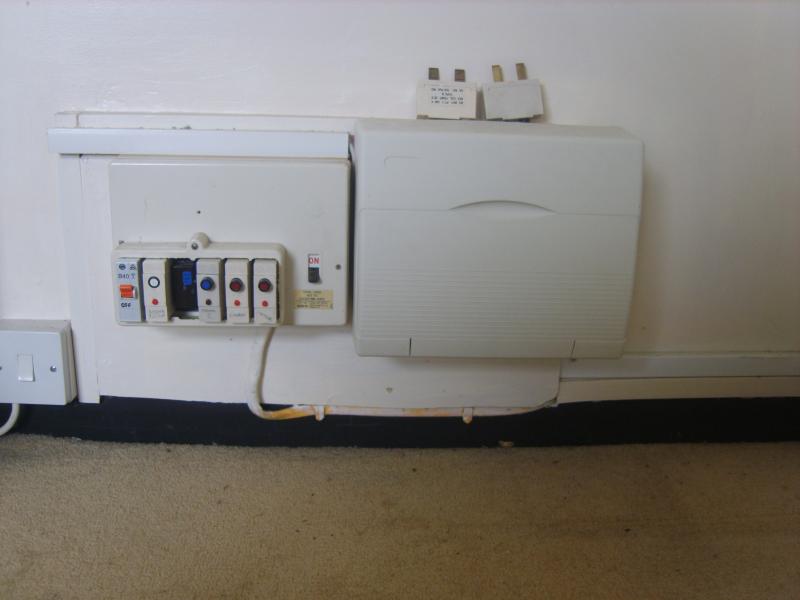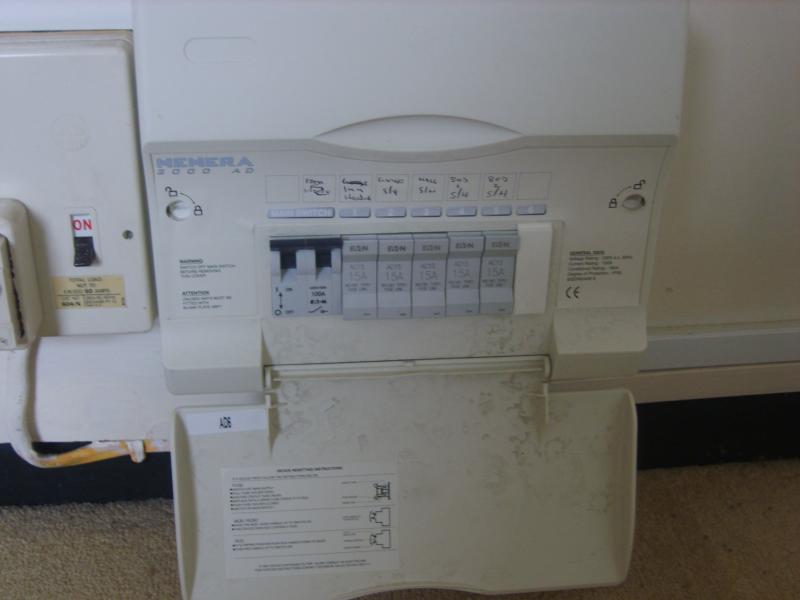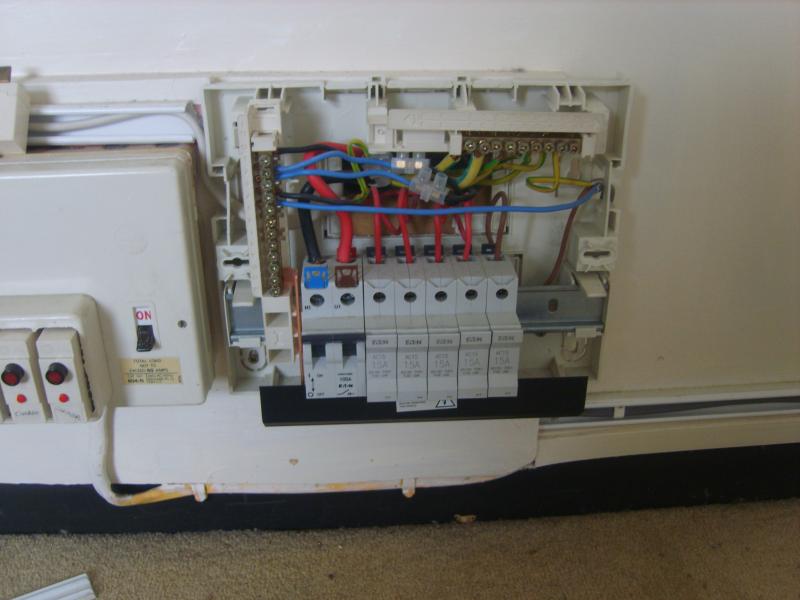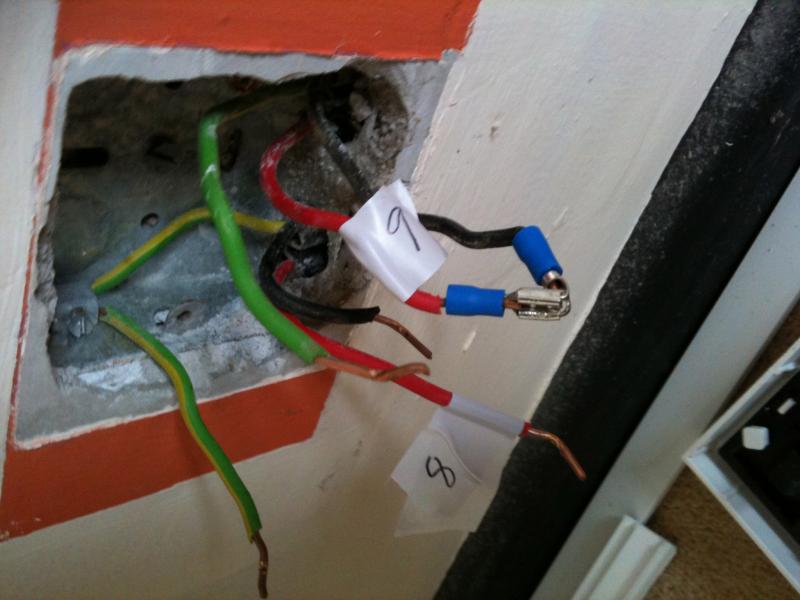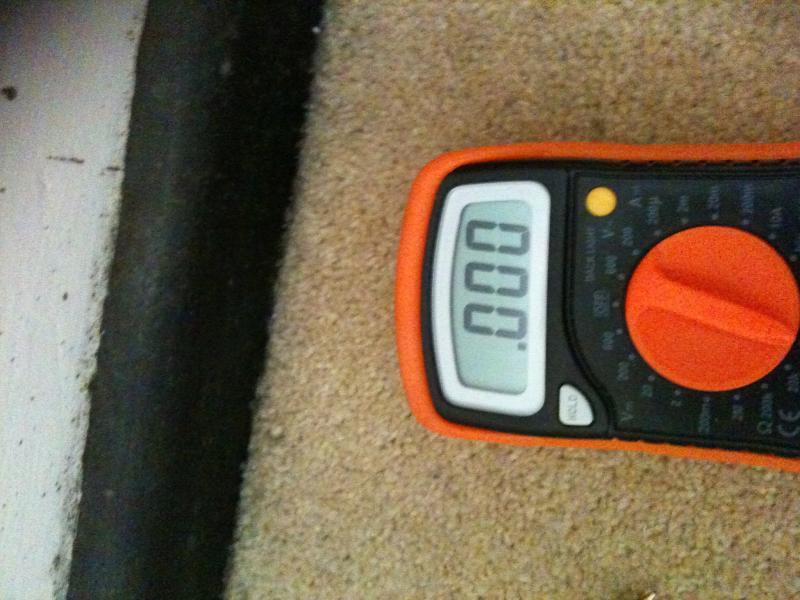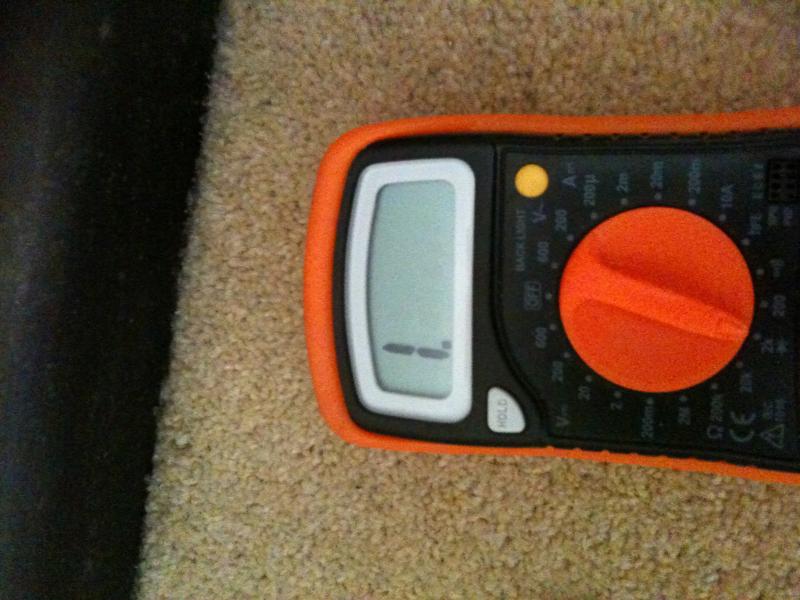I plan to have a go at some electrics in a flat I am re-organising.
Essentially, I will be removing a bathroom and relocating it to a part of a an existing kitchen area, and the bathroom will become a separate habitable room.
I have to notify Building Control as I will be doing some electrics, moving a water tank into the attic, and making a loft larger.
The electrics I am planning to do is to add some sockets to a ring, and the light stuff for the bathroom and kitchen. I am fairly conversant with the regs in terms of ring main and lighting.
I was thinking of putting in a new ring, but looking at the flat, much of the wiring goes under a concrete floor. I think it better to simply adapt the current ring for my purposes. One issue is the socket in the kitchen, which will now become the bathroom. I aim to eliminate this socket, by disconnecting both feeds into the socket (which will remain live), and then systematically disconnecting, one at a time, each likely feed from other sockets. When the original disconnected feed goes dead, it implies it must be fed by the recently disconnected feed from the other socket. I will do this for both feeds into the original socket. That will enable me to identify what two other sockets feed this one, and I can use that info to feed a new socket somewhere else.
1. Does that sound a sensible course of action?
2. Is there anything wrong with that?
3. I intend to leave the existing (dead) feeds buried in the ground.
I also have a consumer unit that needs replacing and could do with some advice - I don't intend to tackle this myself, as it is beyond my scope.
Here are some pics :
The unit on the left feeds the sockets, lights and electric shower, and the one on the right feeds each individual electric heater in neach of the rooms.
4. Do I ask spark to replace the whole lot with one unit, or just the one on the left, and leave the one on the right?
5. Finally, when I do my lights for the bathroom, is it still OK to have a standard switch on the outside of the room for the light and the fan (I don't like pull cord switches)
Thanks for your help.
Essentially, I will be removing a bathroom and relocating it to a part of a an existing kitchen area, and the bathroom will become a separate habitable room.
I have to notify Building Control as I will be doing some electrics, moving a water tank into the attic, and making a loft larger.
The electrics I am planning to do is to add some sockets to a ring, and the light stuff for the bathroom and kitchen. I am fairly conversant with the regs in terms of ring main and lighting.
I was thinking of putting in a new ring, but looking at the flat, much of the wiring goes under a concrete floor. I think it better to simply adapt the current ring for my purposes. One issue is the socket in the kitchen, which will now become the bathroom. I aim to eliminate this socket, by disconnecting both feeds into the socket (which will remain live), and then systematically disconnecting, one at a time, each likely feed from other sockets. When the original disconnected feed goes dead, it implies it must be fed by the recently disconnected feed from the other socket. I will do this for both feeds into the original socket. That will enable me to identify what two other sockets feed this one, and I can use that info to feed a new socket somewhere else.
1. Does that sound a sensible course of action?
2. Is there anything wrong with that?
3. I intend to leave the existing (dead) feeds buried in the ground.
I also have a consumer unit that needs replacing and could do with some advice - I don't intend to tackle this myself, as it is beyond my scope.
Here are some pics :
The unit on the left feeds the sockets, lights and electric shower, and the one on the right feeds each individual electric heater in neach of the rooms.
4. Do I ask spark to replace the whole lot with one unit, or just the one on the left, and leave the one on the right?
5. Finally, when I do my lights for the bathroom, is it still OK to have a standard switch on the outside of the room for the light and the fan (I don't like pull cord switches)
Thanks for your help.


